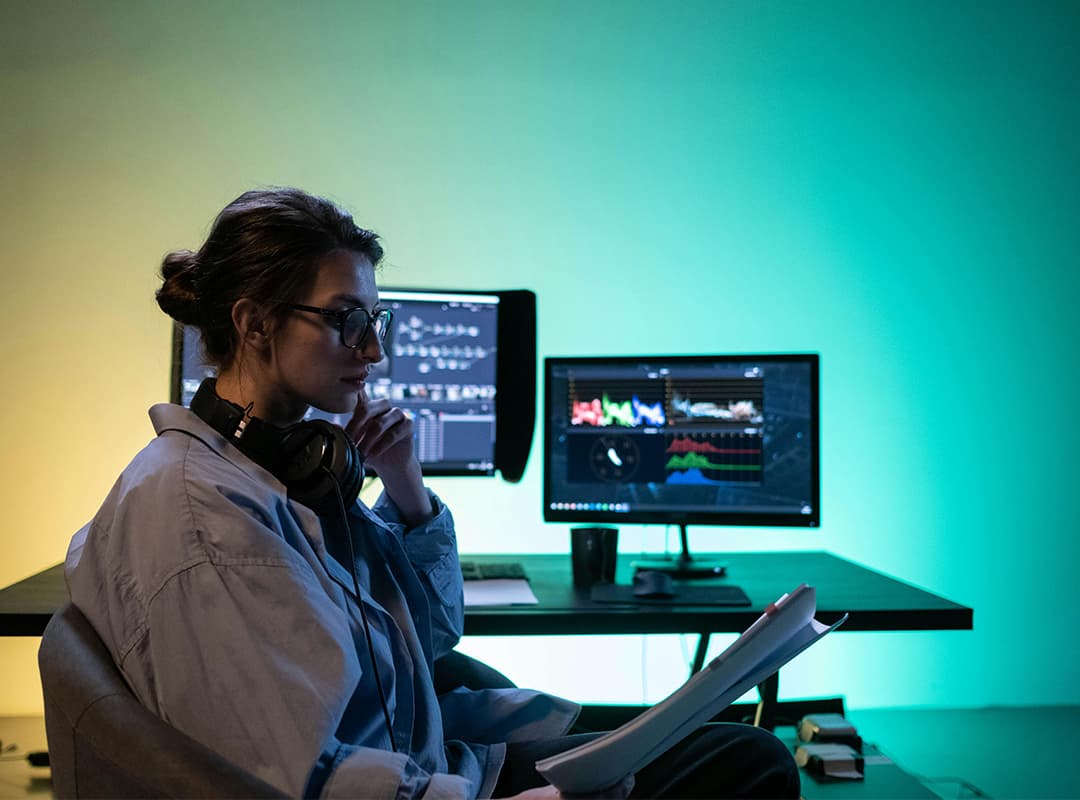Today, people all over the world watch movies at home. Modern technology of QLED 8K TVs of 2020 will help to organize an area for comfortable movie watching and create a unique atmosphere of a real cinema hall in your apartment. Thanks to the innovative sound system, users will be able to fully immerse themselves in what is happening on the screen.
Object Tracking Sound+: sound that follows the object on the screen
Action movies with stunning sound design leave a vivid impression when viewed in theaters. This is due to the fact that virtually all walls, around the screen and even on the ceiling in movie theaters are equipped with multi-channel speakers with three-dimensional sound. Compared to two-channel audio, in which the speakers are located only on the left and right, multi-channel speakers in movie theaters provide a more realistic experience. So how do you recreate this atmosphere at home? Samsung has developed Object Tracking Sound+, which plays sound through six speakers built into the TV.
With Object Tracking Sound+, the sound moves across the screen, following the object in each scene. When a car in the frame moves from left to right or a heavy object falls from top to bottom, so does the sound.
Active Voice Amplifier (AVA-Active Voice Amplifier) technology
When a deafening thunderclap sounds outside during an important news report or a key scene in a movie, users may not be able to grab the remote control and adjust the TV volume in time. To solve this problem, Samsung specialists have developed AVA technology that recognizes extraneous noise and, if necessary, increases the volume of the voice from the TV screen.
A sound sensor mounted at the bottom of the TV’s center section senses sound coming from both the device’s speakers and the surrounding environment. The AI technology then compares the volume of the two types of sound. If the ambient noise is higher, the volume of the content being played selectively increases.
Q-Symphony: creating a multi-dimensional soundscape
One of the key elements to achieving realistic sound during content playback is three-dimensionality, which encompasses both horizontal and vertical sound characteristics. Until recently, TV and soundbar specialists worked on these parameters separately.
During the development process, the problem of dialog reproduction quality arose. When both the soundbar and the TV speakers played voices at the same time, the sound quality deteriorated noticeably. However, they were able to solve this problem by separating the main audio track from the entire signal and assigning different tracks to the TV speakers and the sound bar.


